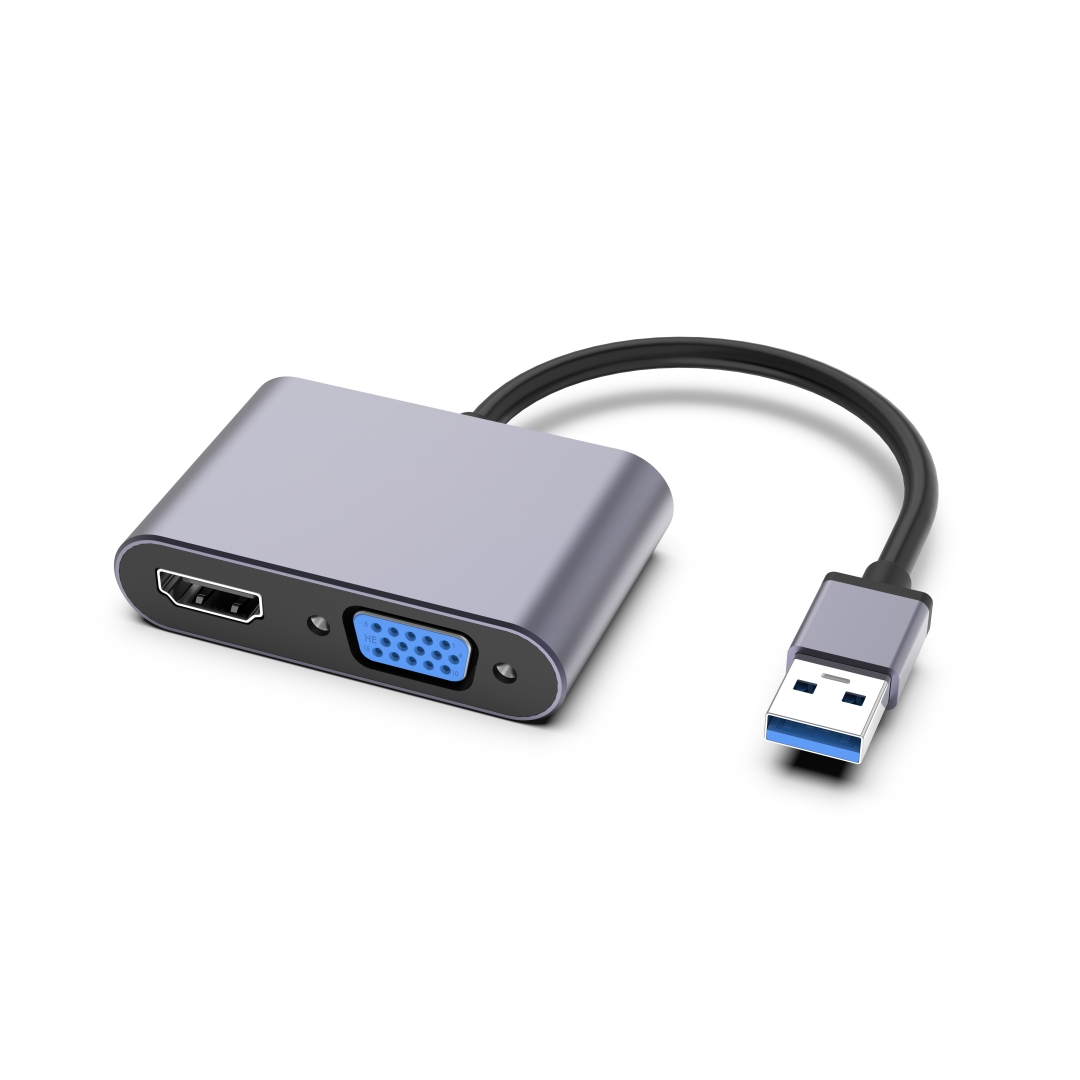The Pros and Cons of USB Hubs: An In-depth Analysis

Are there any limitations to using a USB hub? This article delves into the world of USB hubs, discussing their advantages and disadvantages, highlighting their limitations, and providing a comprehensive analysis of their usage. Whether you are a tech enthusiast or a casual user, understanding the limitations of USB hubs can help you make informed decisions in your device connectivity endeavors.
1. Understanding the USB Hub Basics
Before diving into the limitations, let's first understand what a USB hub is. A USB hub is a device that expands a single USB port into multiple ports, allowing you to connect multiple USB devices simultaneously. It acts as a central hub, providing a convenient way to connect various peripherals to a single port.
2. Power Limitations: Not All Devices Are Equal
One of the primary limitations of USB hubs is their power capabilities. USB ports and hubs have power limits, and when you connect multiple power-hungry devices simultaneously, they may not receive sufficient power, hampering their performance. USB hubs typically come with a power adapter to mitigate this, but you must ensure that it supplies adequate power to all connected devices.
3. Bandwidth Limitations: Sharing Isn't Always Caring
Another important limitation to consider is bandwidth allocation. USB hubs share the bandwidth of the port they are connected to, which can result in reduced data transfer speeds when multiple devices are connected. For example, if you connect multiple high-speed devices, such as external hard drives or cameras, to a single USB port via a hub, the data transfer rates may be significantly reduced.
4. Compatibility Issues: Not All Devices Play Nice
Compatibility can be a challenge when using USB hubs. While most USB devices are plug-and-play, some devices may not work properly when connected through a hub. This is particularly common with devices that require specific drivers or have high power requirements. It is essential to check device compatibility before using a USB hub to avoid any potential issues.
5. Cable Length and Placement: Freedom with Limitations
Cable length and placement are practical limitations of USB hubs. USB cables have length restrictions, and using a hub that is far away from your devices may require longer cables, which can lead to signal degradation. Additionally, placing multiple devices close to each other may cause interference, resulting in reduced performance. It is crucial to plan your setup considering cable lengths and device placements for optimal results.
In Conclusion
USB hubs offer a convenient solution for expanding connectivity options, but they do come with limitations. Understanding the power and bandwidth limitations, considering compatibility issues, and planning cable lengths and device placements can help you mitigate these limitations effectively. By being aware of these limitations, you can ensure optimal performance and make the most out of your USB hub setup.



